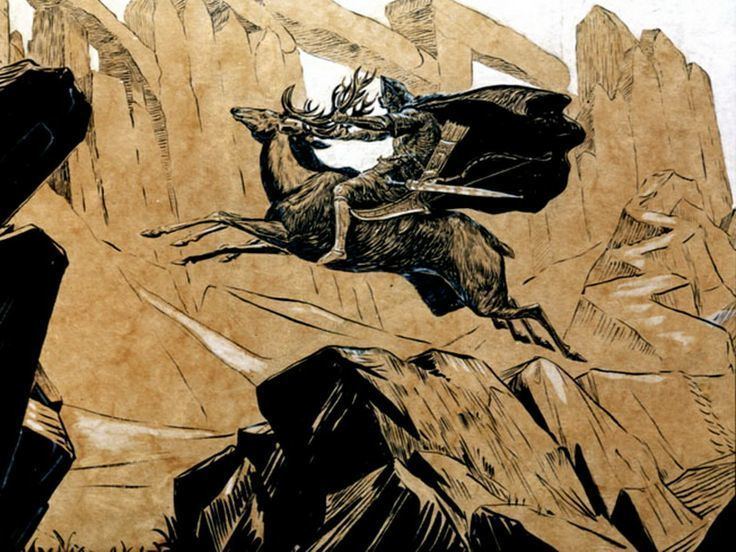 | ||
Mythoff ossetian nart saga storyteller csenge zalka
The Nart sagas (Adyghe: Нартхымэ акъыбарыхэ; Karachay-Balkar: Нарт таурухла; Ossetian: Нарты кадджытæ; Narty kaddžytæ; Chechen: Нарт Аьрштхой) are a series of tales originating from the North Caucasus. They form the basic mythology of the tribes in the area, including Abazin, Abkhaz, Circassian, Ossetian, Karachay-Balkar and Chechen-Ingush folklore.
Contents
- Mythoff ossetian nart saga storyteller csenge zalka
- Etymology
- Characters
- Study and significance
- Connections to other mythology
- Differences between Nart legends
- References
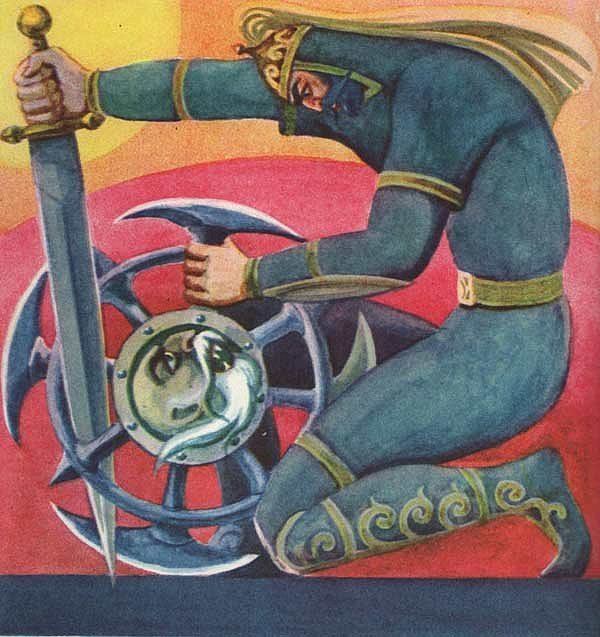
Etymology
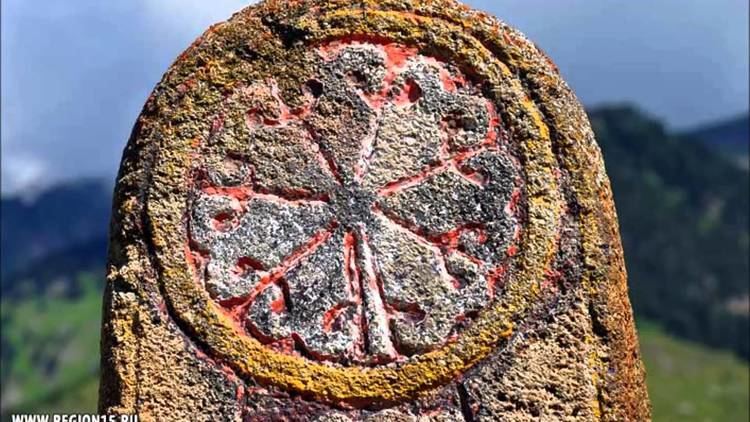
The term nart comes from the Ossetian name of Narts, Nartæ, which is plurale tantum of "nar". The origin of the root nar is of Iranian origin, from Proto-Iranian nar for "hero", "man", descended from Proto-Indo-European *h₂nḗr. In Chechen the word nart means "giant".
Characters
Some of the characters who feature prominently in the sagas are:

Study and significance
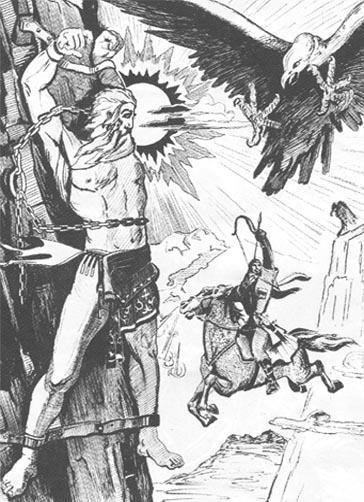
The first written account of the material is due to the Kabardian author Shora Begmurzin Nogma (who wrote in Russian 1835–1843, published posthumously in 1861, German translation by Adolf Berge in 1866). The stories exist in the form of prose tales as well as epic songs.
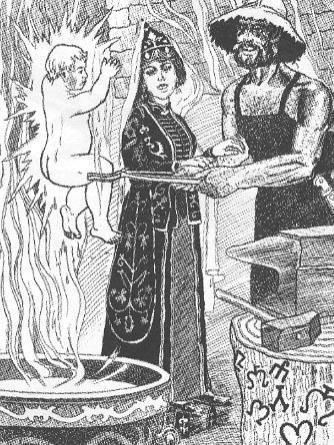
It is generally known that all the Nart corpora have an ancient Iranian core, inherited from the Scythians, Sarmatians, and Alans (the Alans being the ancestors of the Ossetians). However, they also contain abundant local North Caucasian accretions of great antiquity, which sometimes reflect an even more archaic past.
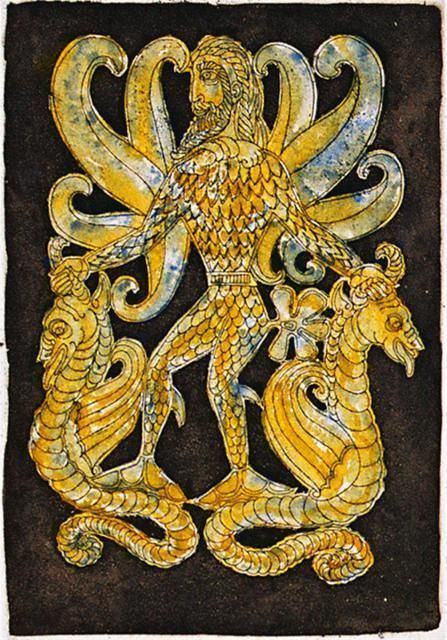
Based especially on the Ossetian versions, the sagas have long been valued as a window towards the world of the Iranian-speaking cultures of antiquity. For example, the philologist Georges Dumézil used the Ossetian division of the Narts into three clans to support his Trifunctional Hypothesis that the Proto-Indo-Europeans were similarly divided into three castes—warriors, priests, and commoners.
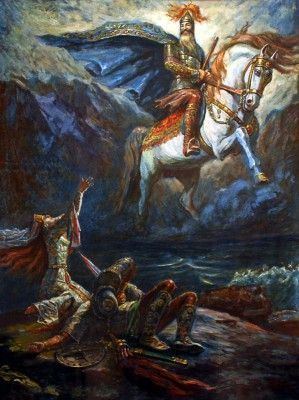
The Northwest Caucasian (Circassian, Abkhaz-Abasin and Ubykh) versions are also highly valuable because they contain more archaic accretions and preserve "all the odd details constituting the detritus of earlier traditions and beliefs", as opposed to the Ossetian ones, which have been "reworked to form a smooth narrative".
Connections to other mythology
Some motifs in the Nart sagas are shared by Greek mythology. The story of Prometheus chained to Mount Kazbek or to Mount Elbrus in particular is similar to an element in the Nart sagas. These shared motifs are seen by some as indicative of an earlier proximity of the Caucasian peoples to the ancient Greeks, also shown in the myth of the Golden Fleece, in which Colchis is generally accepted to have been part of modern-day Georgia.
In the book From Scythia to Camelot, authors C. Scott Littleton and Linda A. Malcor speculate that many aspects of the Arthurian legends are derived from the Nart sagas. The proposed vector of transmission is the Alans, some of whom migrated into northern France at around the time the Arthurian legends were forming. As expected, these parallels are most evident in the Ossetian versions, according to researcher John Colarusso. See Historical basis for King Arthur – Sarmatian hypothesis for more details.
Differences between Nart legends
There are some differences between the various versions of the Nart legends. For example, the Ossetian versions depict the Nartic tribe as composed of three distinct clans who sometimes rival one another (the brave Æxsærtægkatæ, to whom the most prominent Narts belong, the rich Borætæ and the wise Alægatæ), while the Circassian ones do not depict such a division. The Abkhaz ones are unique in describing the Narts as a single nuclear family composed of Satanaya's one hundred sons. Yet all of these versions describe the Narts as a single coherent group of mostly "good" heroes. In contrast, the Nakh (Chechen-Ingush) legends sometimes depict the Nart-Orxustxoi, a group including the most prominent Narts known from the other versions (e.g. Seska-Solsa corresponding to Sosruko/Soslan, Khamtsha-Patarish corresponding to Batraz/Batradz etc.) as warlike bandits, who fight against local good heroes such as Koloi-Kant and Qinda-Shoa. (the latter corresponding to Sawway/Shawey).
